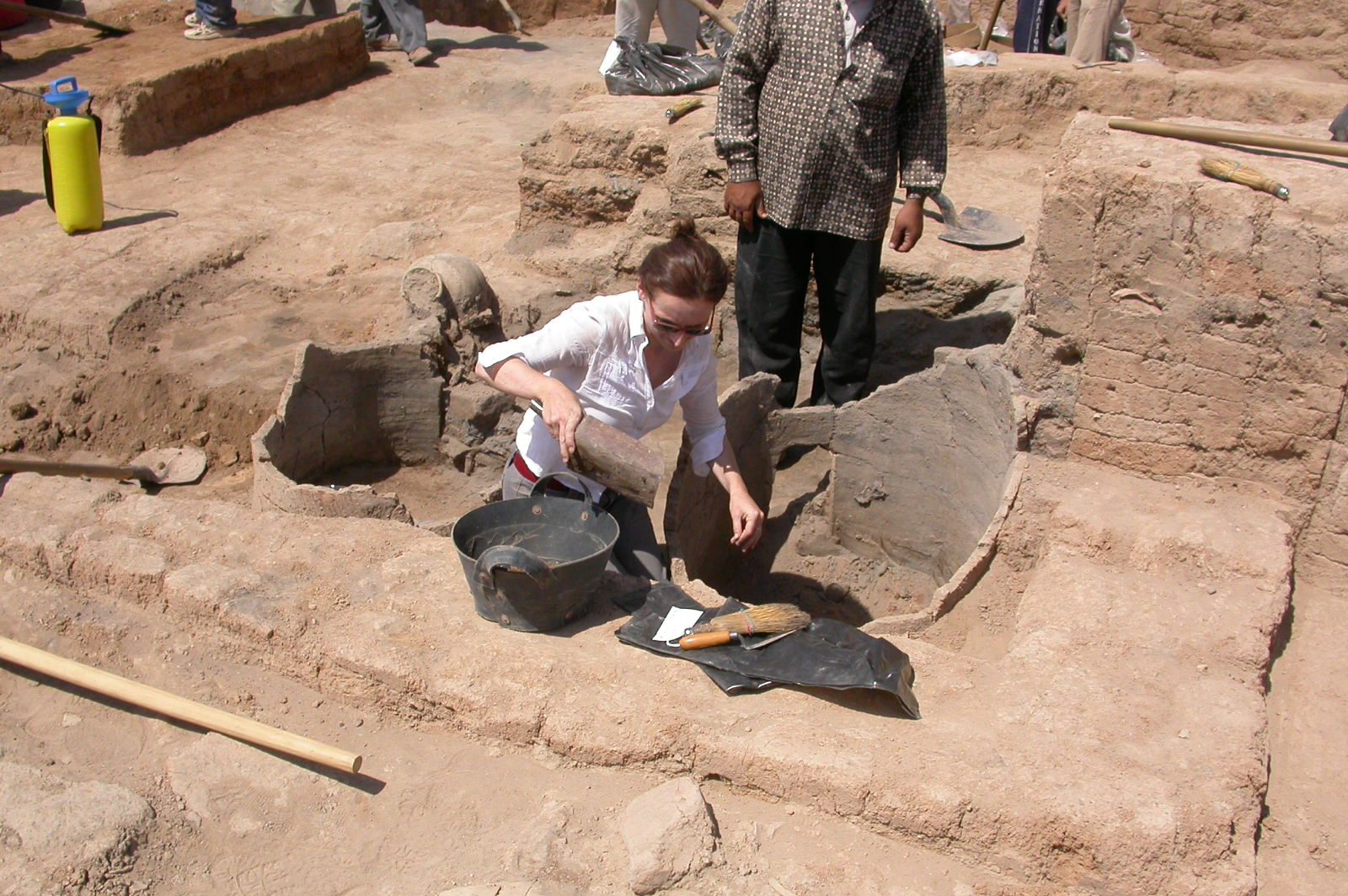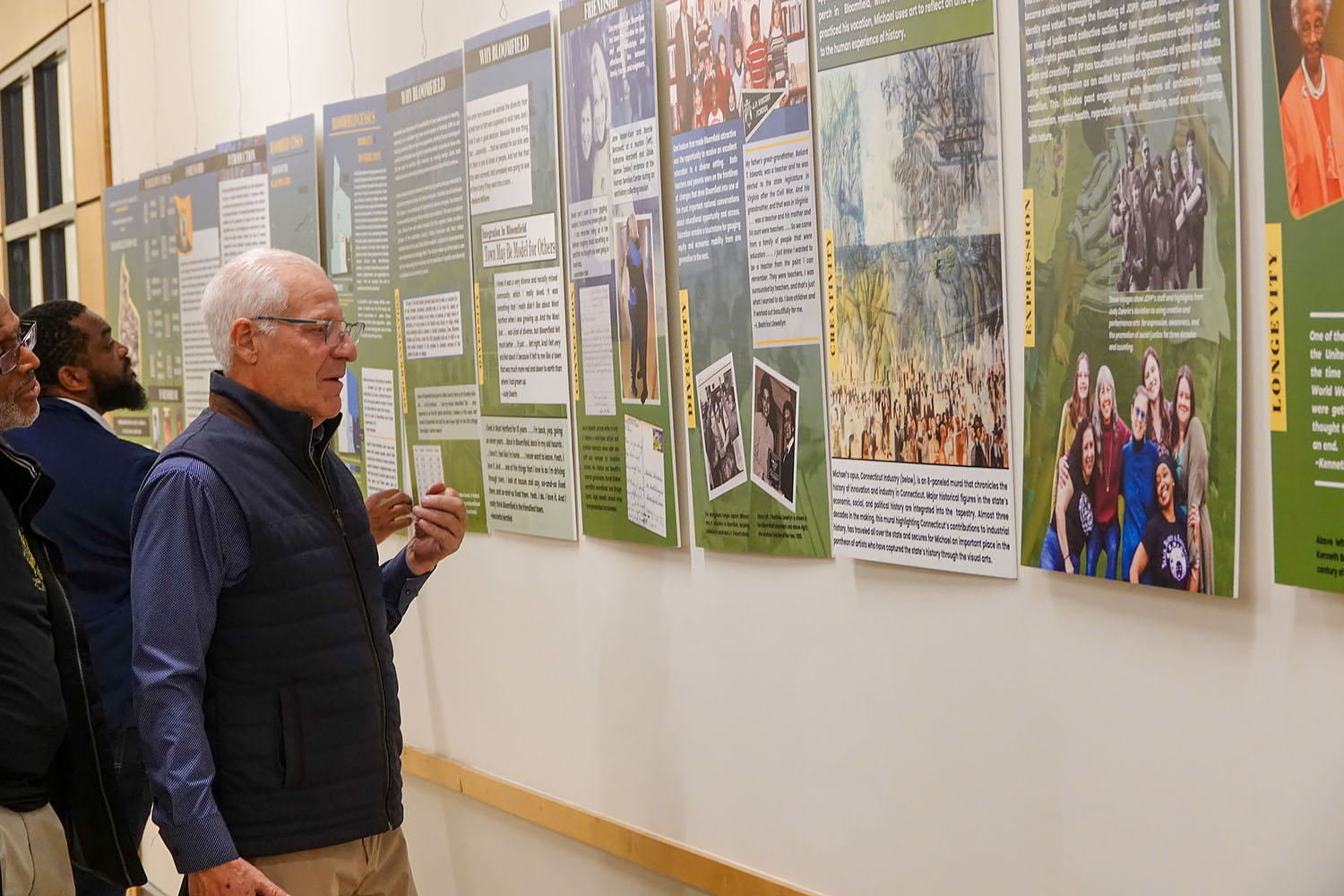A study published recently in Nature Plants sheds new light on the agricultural and political economy that underpinned the growth of some of the world’s oldest cities in Mesopotamia, in present-day northern Syria.
An international team that included researchers from UConn and the University of Oxford used stable carbon and nitrogen isotope analysis of charred ancient grains to reconstruct the conditions under which crops grew, building up a picture of how farming practice changed over time.

UConn’s Alexia Smith, associate professor of archaeology, had gathered the plant samples from two sites – Tell Leilan in 2006 and Tell Zeidan in 2009.
The ancient grains indicated that as populations in these early cities swelled, increasing demand for more food, farmers strove to cultivate larger areas of land, rather than plow more resources – such as manure – into existing, more intensively managed fields.
“Plant remains can be preserved on archaeological sites for thousands of years providing a record of the range of plants used for food, construction, or fuel,” says Smith, an archaeobotanist. “They document when crops were first domesticated, and give us information on the ways that people used plants to both respond to and create environmental and social change through time.”
Smith looked at the seeds in an archaeological context, asking questions about where the seed might be coming from, such as a hearth or a storage facility, and from an ethno-political perspective, to reconstruct the plants’ significance.
Extensive, land-hungry agriculture relies heavily on the ability to access more arable land and to exploit specialized plow animals, both of which could be monopolized by powerful families and institutions.
“This is a study very much rooted in ancient plant remains,” Smith says. “They really give us insight into social change, and here we have an insight into how people were responding to social change.”
The findings reveal how the growing importance of arable land, which could be controlled by the ruling few, led to increasing social inequality as urban populations grew.
Project leader and professor Amy Bogaard from Oxford’s School of Archaeology, notes, “each cereal grain found buried in an archaeological site holds within it a record of the environmental conditions under which it was grown.
“We found that the rise of early cities in northern Mesopotamia depended on radical expansion of the scale of farming. As a result, cereals were grown under increasingly poor soil conditions: for example, with less manuring and replenishment of nutrients. It was a solution that enabled enormous urban agglomerations to develop, but was risky when environmental or political conditions changed.”
The team involved in the study included researchers from Leiden University, National Museum of Denmark, University of Cambridge, Harvard University, Lawrence University, University of Warsaw, University of Chicago, University of Pennsylvania, and Yale University.
Smith’s work on the study was funded by the National Science Foundation.



